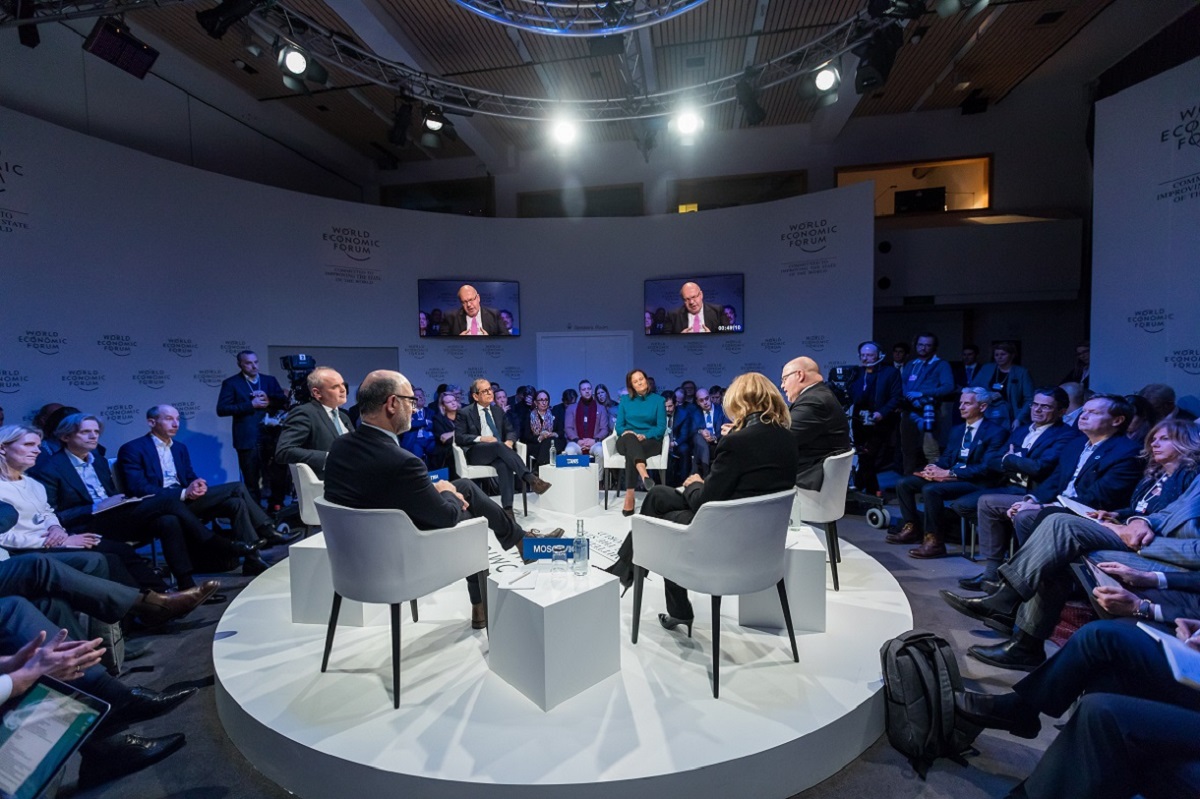Is the media ready for an open debate?
Dilip Simeon is a trustee of the AMAN Public Charitable Trust. He formerly taught history at Ramjas College, University of Delhi, and has been active in democratic and anti-communal mobilization for many years.
(First published on April 6, 1992 in The Pioneer)
Can we imagine a situation where cassette recorders, cameras and video-cameras turn up in factories, educational institutions, bureaucratic offices, police stations, editorial conferences, and other such places where social conflict is expressed on a daily basis? Why has it taken so many years for our legislators to open a small (and duly theatricised) segment of their deliberation to their voters? After all, they are not normally known for their shyness.
Could we ever hope for a really open debate in the newspapers, involving their owners, staffs and readership, about how ‘news’ is created? How about a televised debate with the owners and editors of the Hindi press is UP and MP on their coverage of the so-called ‘kar-sewa’? Would cameras be permitted in torture cells, to show us some of the means by which the “unity and integrity of the nation” is maintained? Or in the offices of ministers, when contracts are discussed? Why is it an inconceivable proposition that a newspaper be edited and distributed by its readership through a democratic co-operative? Or video-systems be put at the disposal of political groups?
We know the answers to these questions. The functional and technical structure of the media are in toto, reflexes of their social form. In this form, as organs of the monologue of mediatised, theatrified and sanitised images and information, it cannot ever permit the use and alteration of their technologies for real communication, for speech with response, and for a genuine discourse of social reality. One consequence of the emergence of societies based upon mass production has been the birth of the ‘consciousness Industry’. Such societies carry two outstanding features: One demographic, the other political.
The first is the development of mass urban conglomerates, with their educational structure ‘disciplining’ the proletarian underclass to suit the needs of modern manufacturing. The second includes the disestablishment of God as the legitimator of power (the end of Divine Right), and the arrival of the ideal of popular rule, ‘self-determination,’ and so on. The conflict over the definition of ‘people’ created the need for propaganda. At the same time, the very notion of popular rule has carried subversion potential, with the underprivileged often dreaming of the socialisation of democracy, the substantive realisation of liberty.
It is the tension between the promise and the reality of democracy, the potential liberation from drudgery that technology promises, and the actual life experience of drudgery, conflict, and technologically produced disaster, that provides the space for the intervention of what we call the media. The media are no more a basically neutral form for the dissemination of ideas and culture than was MIC gas a basically neutral form of insecticide. They perform a specific function in the kind of mass society we have talked of, the function of monologuous communication, of speech without reply, of mass production of sentiments, symbols, and the manipulation of the human mind in a manner suitable to the needs of capitalism.
The media is the collective advertisement of this contradictory social reality, in a word, simultaneously, the instrument and the form of the industrialisation of the mind. The media carries with the aura of ‘truth’ – (how much truth did Pravda really purvey?). The myth about the printed word being the last word, and the assumption that seeing is believing, etc., are the axioms of TV functioning. Depending upon how the subjects – producers of the images, words, messages, and symbols – assess the level of intelligence of the objects – the sheep-like audiences who ‘consume’ these products and whose responses are either negligible or preordained—the media can even extend what film criticism calls the “suspension of disbelief” into ‘real life’. Thus as political beings, voters were expected to actually exercise a choice for say, NTR or Dipika, suspending their knowledge that these were not deities, but mere humans. So the media can create a situation of complicity between the subject and audience where political decisions are sought to be based upon pure fabrication.
Just as the theatre of the electromagnetic waves has stepped out of the idiot box to mingle with the idiots, so also has the ‘reality’ of politics receded into the realm of theatre. ‘Spectacle’ is the word Henri Lefebvre proposed, to fit the present form of mass consumption, where news, images, packaging, architecture, ambiences and glitter, star lives and ‘beautiful living’, all come together in a festival, a permanent theatre, celebrating consumption.
It is the spectacle which makes it possible for a system based upon artificial scarcity to promise the pseudo-utopia of ‘plenty’, and for the daily life of drudgery to hope for the promise of ‘open spaces’ and ‘free time’.
What we get, therefore, is not what we might want to know, but what is deemed fit for our knowledge and sentiment. Indeed, sentiment is interspersed with ‘fact’ at every step, even in the mode of the ‘headline’: thus, a survey of the opinions of less than 300 persons in some parts of Delhi becomes converted to a general truth about the ‘opinion of Delhi-ites’. It is not the truth, thus, that the media manufactures, but the new ideological product known as ‘credibility’. This is the lasting contribution of the advertising industry. Not for nothing do power seekers hire advertisers who specialize in the art of seduction and repulsion.
- Indian media – Can it rise?
- Social media trolls: Mythical monsters in modern disguise
- Goebbelsian garb and muzzled media – New media policy, 2020
One of the essential preconditions of the mind industry is the intellectual impact of the Enlightenment, that is, the advent of the notion of the ‘independent mind’. (Ironically, this is the precondition for the new hegemony). Democracy created the need for persuasion. And the emergence of basic industrial infrastructure and electronics made it both possible and necessary to reach millions of minds. It is an interesting reflection that for those to whom it is directed, political and commercial propaganda are virtually free.
The mind industry’s main business is not to sell its product, it is to sell the existing order, to train consciousness, to domesticate and benumb, to co-opt opposition and imagination, to tame the ghost of real speech and of social (as opposed to formal) democracy. “Material exploitation must camouflage itself in order to survive, immaterial exploitation has become its necessary corollary” (Enzenzberger). The modern industrial system has now begun the expropriation of the brain, and, contrary to its claims, what is being abolished is not exploitation, but our awareness of exploitation.
But the mind industry has its own pitfalls for the system. The intellect must be developed before it can be exploited. Consciousness can be reproduced and manipulated by industrial means, but never produced except by creative minds whose very nature lies in innovation, the invention of alternatives. No administration can trust the media workers all the way, since they are potential troublemakers, and require handling, by means of blacklists, blackmail, over-exposure, stardom, etc. As it proliferates consciousness, the media spawns its own contradictions.
But for the media workers who try to incorporate moments of genuine reciprocity in what is otherwise the monologue of the mighty and the dialogue of the deaf, there is more at stake in their effort than their own future.
Featured Image Credits: Evangeline Shaw on Unsplash








